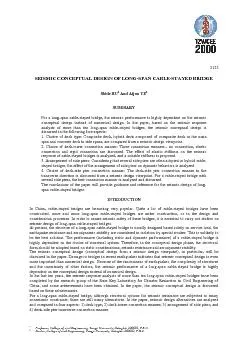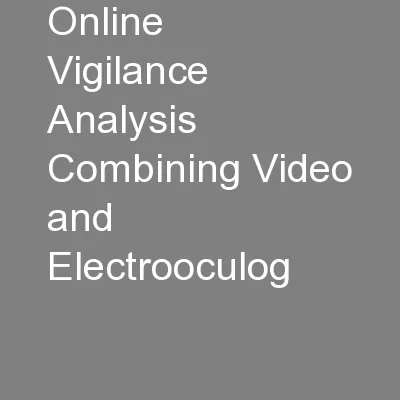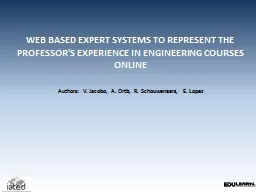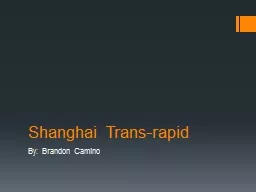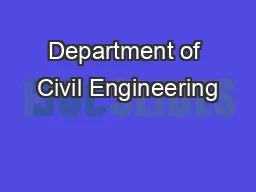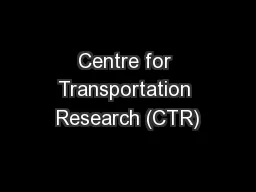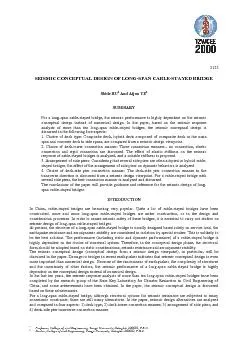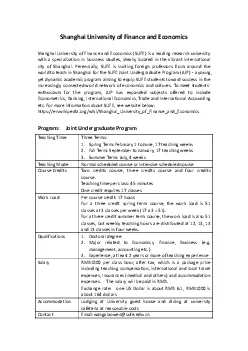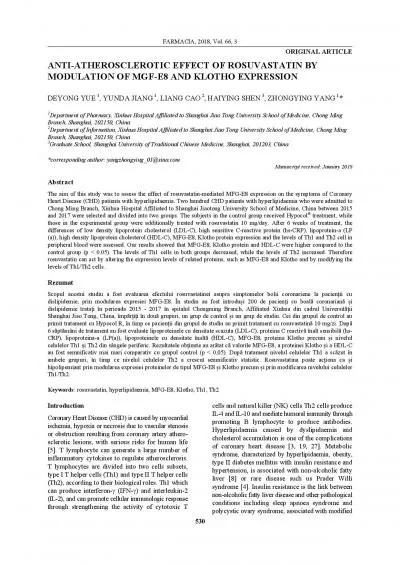PDF-Professor, College of civil Engineering, Tongji University, Shanghai 2
Author : lindy-dunigan | Published Date : 2015-11-01
2123CHOICE OF DECK TYPEAt the conceptual design stage of a longspan cablestayed bridge there are four deck types can be consideredconcrete deck composite deck steel
Presentation Embed Code
Download Presentation
Download Presentation The PPT/PDF document "Professor, College of civil Engineering,..." is the property of its rightful owner. Permission is granted to download and print the materials on this website for personal, non-commercial use only, and to display it on your personal computer provided you do not modify the materials and that you retain all copyright notices contained in the materials. By downloading content from our website, you accept the terms of this agreement.
Professor, College of civil Engineering, Tongji University, Shanghai 2: Transcript
Download Rules Of Document
"Professor, College of civil Engineering, Tongji University, Shanghai 2"The content belongs to its owner. You may download and print it for personal use, without modification, and keep all copyright notices. By downloading, you agree to these terms.
Related Documents

